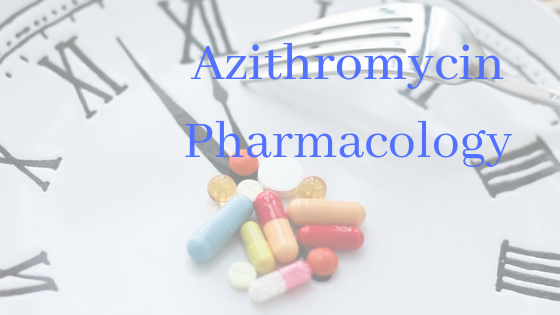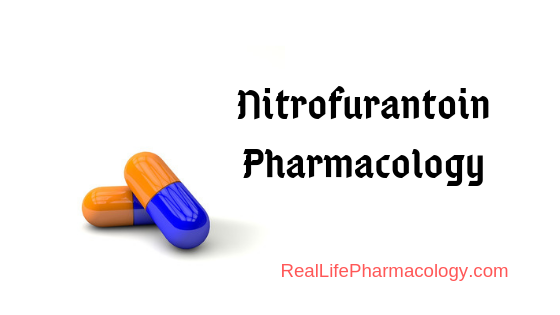Podcast: Play in new window | Download (Duration: 13:20 — 12.7MB) | Embed
Terbinafine can inhibit CYP2D6 which plays an important role in the metabolism of many drugs such as metoprolol, fluoxetine, and clozapine.
With terbinafine’s ability to inhibit CYP2D6, it can also increase the risk of treatment failure with drugs like tamoxifen.
When using anti-fungal drugs like terbinafine, remember that fungal infections can often require more time to treat.
Terbinafine has the potential to cause liver impairment. I discuss this further on the podcast.
I discuss important drug interactions on the podcast, be sure to check out my latest project which is a 200+ page book on managing drug interactions in primary care.









